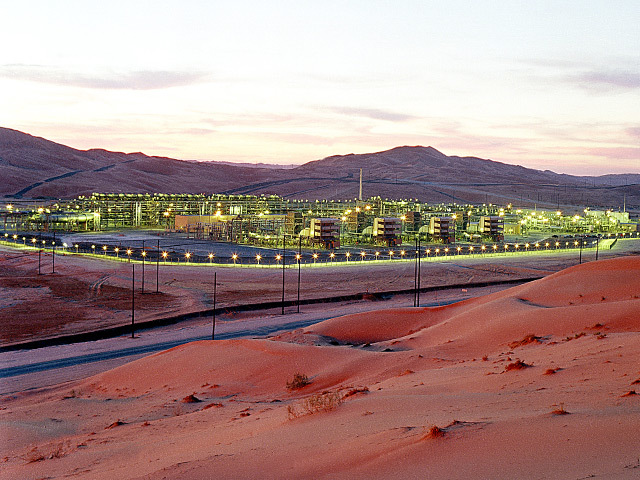
If this is what an OPEC agreement looks like, it’s no wonder investors are losing faith.
The oil producer group’s job of engineering a short-term balance of supply and demand is getting harder and harder. Its own members and the non-OPEC “friends” it’s counting on to achieve production cuts are not doing the group any favors as its make-or-break Vienna meeting draws near. Without a credible deal on Nov. 30, market sentiment will turn even more bearish.
As I noted shortly before OPEC unexpectedly agreed in September to cut output, achieving that goal was never going to be straightforward. The group’s big-4 Gulf Arab producers were all producing near record levels, as was key non-OPEC participant, Russia.
Since then, things have got even worse. At this point, it’s going to take a minor miracle for the group to achieve the promise of a deal that’s barely a month old.
When OPEC reached its accord in Algiers, it needed to cut between 850,000 and 1.35 million barrels a day to get output down to its target range of 32.5 million to 33 million, based on Bloomberg supply estimates for September.
With October output estimates now in, the required cut has increased by another 150,000 barrels. That may not seem a lot, but Angola’s output was down 230,000 barrels due to maintenance and should come back this month. So, by the time OPEC meets it will probably need to cut an additional 400,000 barrels a day.
And that’s without any further growth in production from Libya or Nigeria, which isn’t looking likely — Nigeria exceeded 2 million barrels by the end of last month, while Libya added 180,000 barrels to its daily production and is aiming for more as it works to repair its main export terminal.
It’s not only an internal problem, as some key non-OPEC producers are nowhere near restricting supply.
Russian output hit another post-Soviet record of 11.2 million barrels a day last month. With new fields ramping up production and more due to start producing before year-end, that should climb further. Kazakhstan is seeing its first oil from the much-delayed Kashagan field, which could add as much as 370,000 barrels a day by the end of next year, or even sooner, according to field partner ENI SpA.
Brazil’s output is soaring. Official data show it reached 2.61 million barrels a day in August, on gains from huge deposits lying beneath the sea and thick layers of salt. That’s up by 260,000 barrels since January, and more is on the way.
All three countries, along with Azerbaijan, Mexico and Oman, met OPEC in Vienna at the end of October, but no firm pledges were forthcoming. Russia has said it may cut output, but prefers to freeze it, and in any event will only consider its position once OPEC has reached an internal agreement. Without its participation, success is unlikely, as Gadfly has noted. Azerbaijan is ready to pledge it won’t raise output, an easy call to make as it continues to battle against falling production.
Even the high-cost North Sea is poised to ship the most crude in more than four years in December. Neither the U.K. nor Norway, the two main North Sea producers, attended the Vienna meeting.
The euphoria that followed the gathering in Algiers is evaporating. Oil prices are almost back where they were before that meeting, with Brent briefly dipping below $46 a barrel on Friday.
OPEC warned in its latest monthly bulletin that industry observers “should not be too quick to judge or criticize the Organization or its Member Countries. Over the years, we have seen how wildly inaccurate their predictions have been.”
It’s almost inconceivable that OPEC will fail to reach some form of agreement this month. Whether it will be enough to convince the market that it will make a difference is another matter entirely. Without an agreement to make real, substantial cuts, OPEC’s credibility will be in tatters and oil bears will run riot.
Recommended for you
